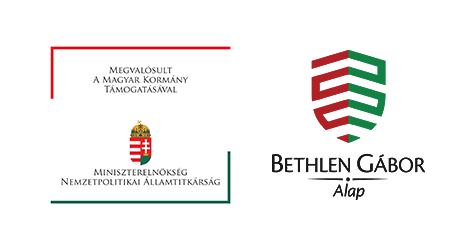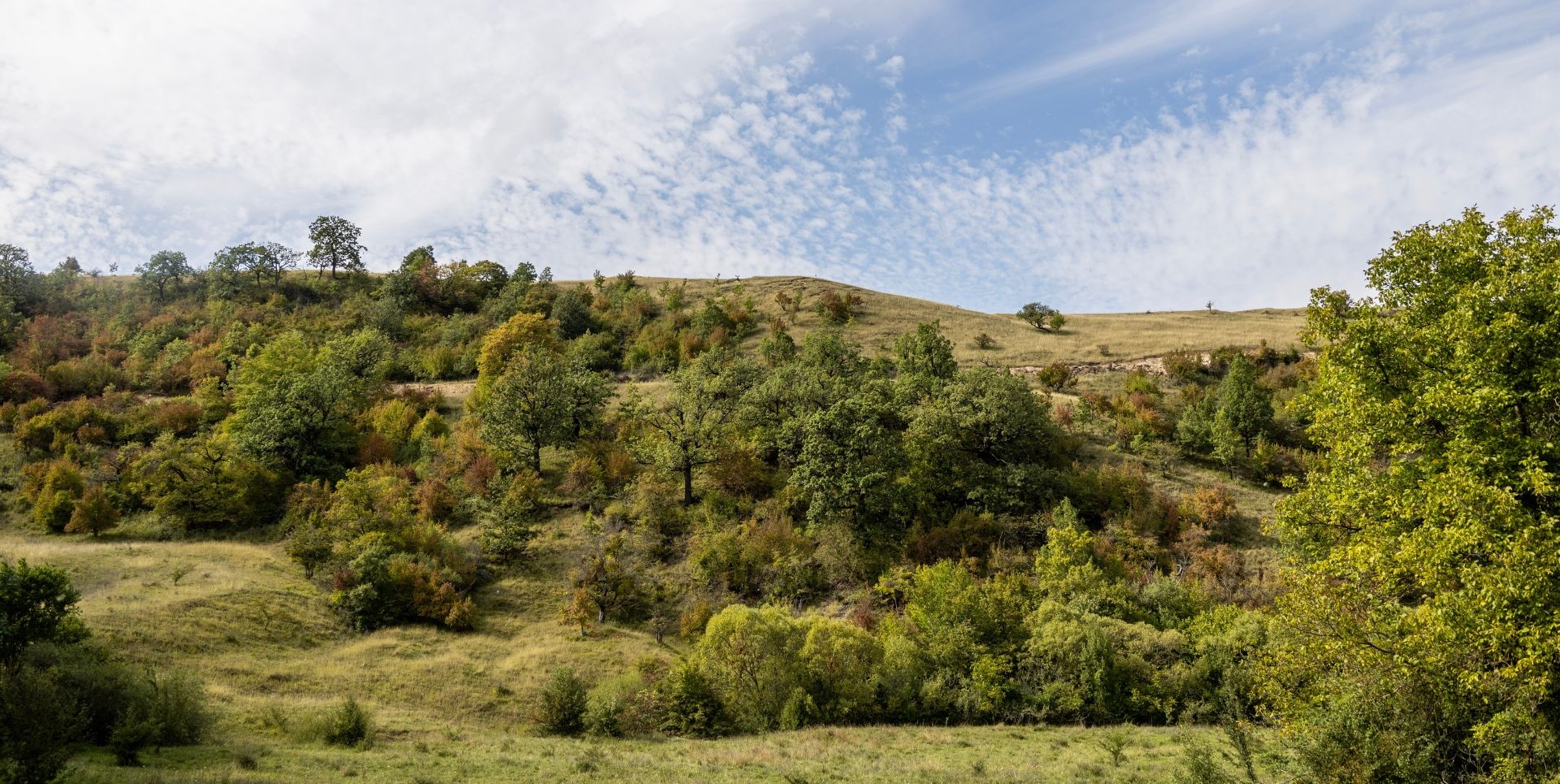The Regions of Kalotaszeg
Many scholars of Kalotaszeg attempt to demarcate the region, with varying results depending on their criteria and their wealth of knowledge.
The region’s name can be traced back to the Kalota River: the early geographic territory of Kalotaszeg is marked by the river basin and inlet. The area was a clan haven during the period of Magyar settlement in the Carpathian Basin. It included lands around the royal-turned-episcopal Gyalu castle in the Kapus and Nádas valleys, some lands also extending east of Kolozsvár to the area right next to the Kolozsakna (Cojocna) salt mine.
Geographically speaking, Kalotaszeg today includes all settlements in the valleys of the Sebes-Körös, Kis-Szamos, Almás, Kalota, Kapus, and Nádas rivers and their tributaries. In Károly Kós’s words from 1932, Kalotaszeg is “The territory in Kolozs county along the Kolozsvár–Nagyvárad (Cluj–Oradea) railroad line and along both sides of the highway that stretches from Kolozsvár (Cluj) to Csucsa (Ciucea), enclosed by the northern base of the Gyalu (Gilăului) mountains on the south, and the eastern base of the Vlegyásza (Vigyázó, Vlădeasa) mountain and the Meszes (Meseș) range on the west.” There is no clear north-northeast border, and the eastern edge is marked by a socio-economic divider rather than a geographic one: the city of Kolozsvár (Cluj-Napoca) and its immediate catchment area.
From an ethnographic perspective, János Jankó and Dezső Malonyay were the first to define the region’s boundaries. They included 34 and 31 mostly Hungarian-speaking villages, respectively. Károly Kós also incorporates the ethnic Hungarian villages along the Gyalu–Alsójára (Gilău–Iara) route. Attila T. Szabó applies linguistic criteria, extending his research of Kalotaszeg into the Borsa valley to the western border of the Mezőség region. Researchers of traditional ethnic clothing including József Faragó, Jenő Nagy, and Géza Vámszer, further expand the region to include the ethnic Hungarian villages in Kolozsvár’s periphery: Györgyfalva (Gheorghieni), Ajton (Aiton), and Kajántó (Chinteni).
From the perspective of Kalotaszeg’s folk architecture, it is clear that contemporary research can no longer disregard the region’s purely ethnic Romanian villages, if only because certain archaic elements that once also characterized ethnic Hungarian villages, today survive only in ethnic Romanian ones.
Researchers have sided with tradition to divide Kalotaszeg into the three subunits of Felszeg, Alszeg, and the Nádas region. Given its similar ethnographic and architectural heritage, the Kapus and Szamos valley is added as a fourth subunit. Therefore, today we speak of Kalotaszeg as consisting of 84 villages, of which 37 have a significant ethnic Hungarian population.
On the Károly Kós Hiking 25 Tour we make our way across Alszeg and touch upon three Kalotaszeg villages—Sztána (Stana), Kispetri (Petrinzel), and Zsobok (Jebucu)—where we get a glimpse into the characteristic folk architecture of this region. Folk architecture is embodied by not only churches, but also unique traditional elements: the semicircle-shaped, ornamental roof gables embellished with meticulous, lacelike carvings—examples of true craftsmanship—that first emerged in the 1910s and 20s and are most often associated with Kalotaszeg; and the columned porches, richly decorated and welcoming. The architectural elements of the porches include perfect examples of wood craftsmanship such as arches and lattices, floral openwork-decorated boards between the columns and girders, carved railings, and especially, the most distinct characteristic of the region: the diverse semicircle-shaped ornament-aprons that decorate the roof gables. The Hungarian coat of arms is used as a decorative element on roof gables throughout the region, including in Zsobok (Jebucu) village.
Also worth mentioning are the traditional ovens, or the multi-purpose tile oven-furnaces, that often decorate internal spaces. Modern lifestyle changes have most notably affected items within the Kalotaszeg home, namely, furniture. Although houses with traditional furniture are increasingly scarce, the traditional “clean room” with its characteristic painted furnishings lives on.
Compiled by: Katalin Maksay, with contributions by Zsolt Szabó and Enikő Venczel.
Bibliography: Dezső Malonyay: A magyar nép művészete (Hungarian Folk Art); Margit Kiss: Kispetri, református templom (Reformed Church of Kispetri); Árpád Furu: Kalotaszeg népi építészete (Folk Architecture of Kalotaszeg); Béla Kabay: Kalotaszegi műemlékek kis adattára (Small Archive of the Monuments of Kalotaszeg); Ferenc Mihály: Elpusztult templomi festett famennyezetekről (About Perished Painted Church Ceilings); Kalotaszeg antológia 1-2 (Anthology of Kalotaszeg 1-2). 1990–2008. Editor, Pál Buzás; Kalotaszegi krónikácskák (Small Chronicles of Kalotaszeg). Compiled by János Kovács Kuruc and Erzsébet Ildikó Szalai.



